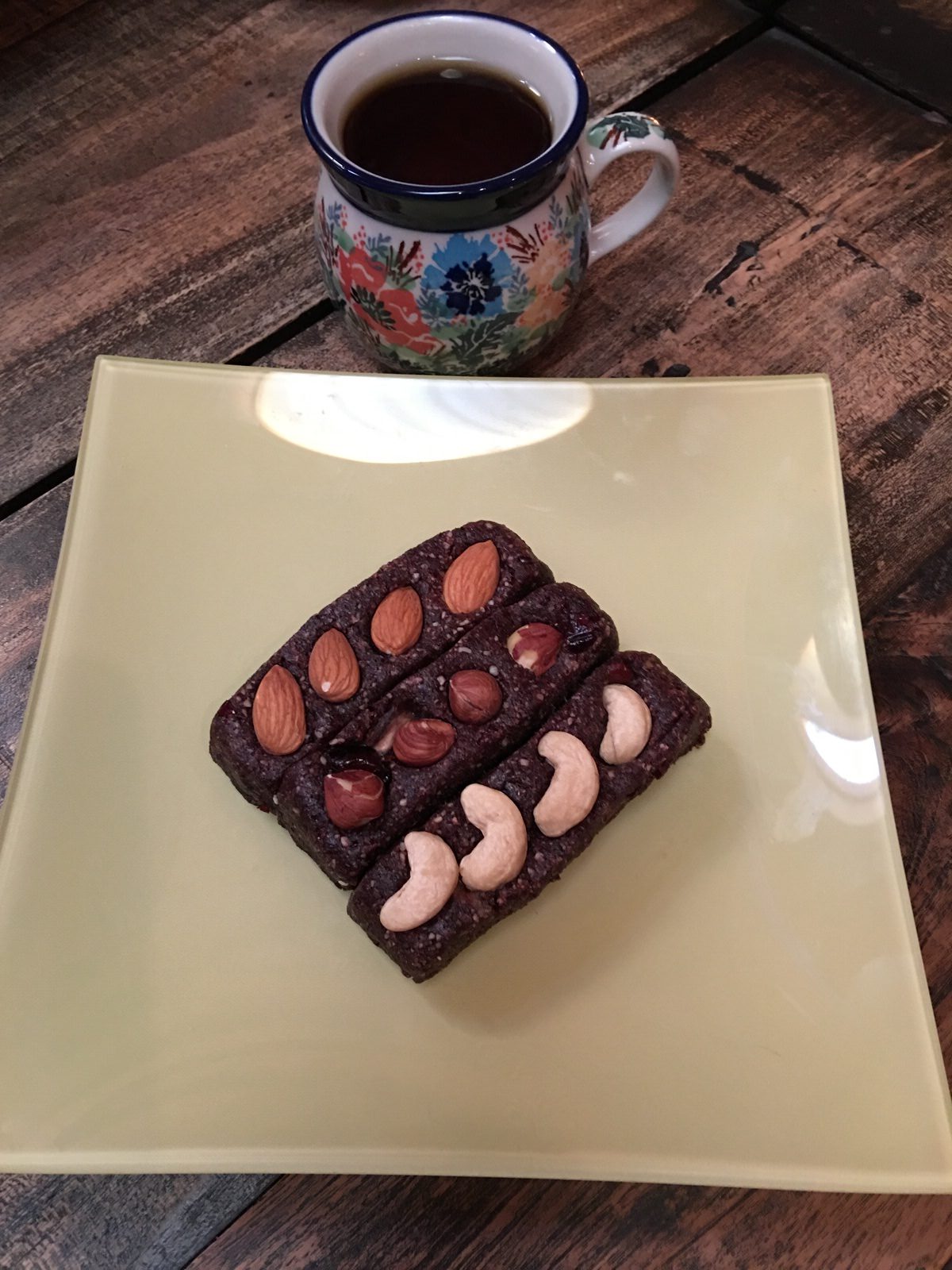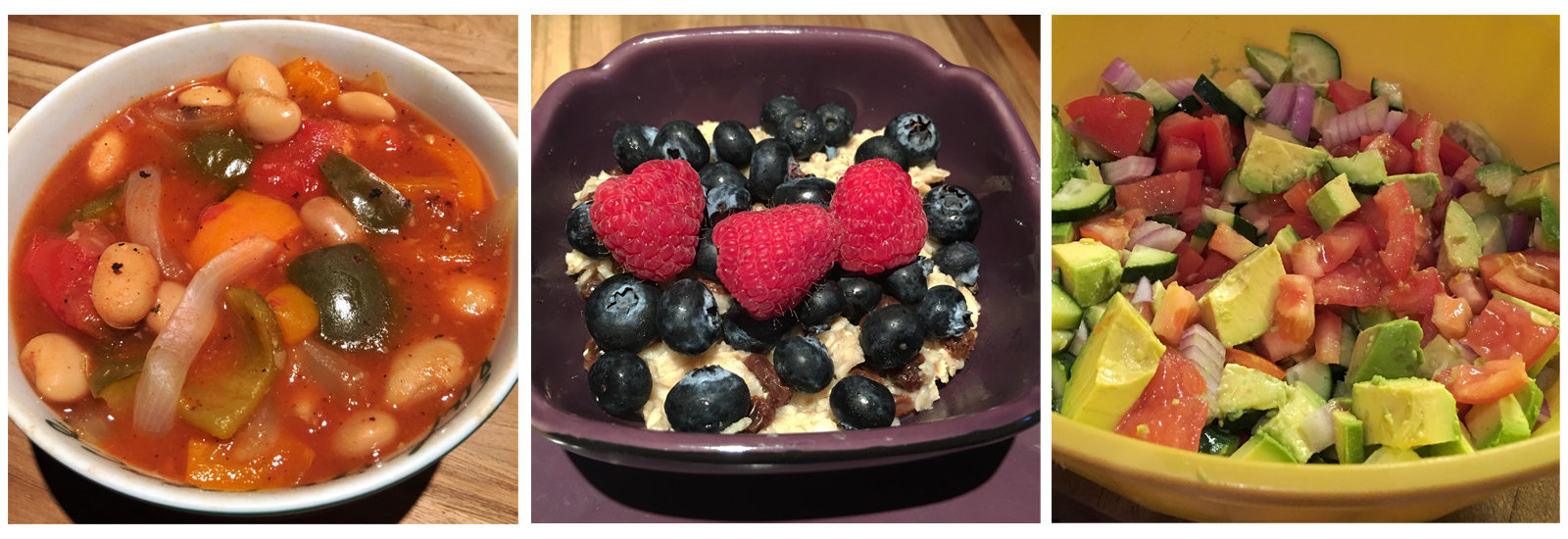As a young couple living under one roof, Jerzy and I discovered a lot about our personal habits.
With food, for example, I was a grazer, picking throughout the day – crunching on a small apple here, nibbling on a piece of cheese there, a few nuts or yogurt… When it came to dinner I wasn’t really hungry, so I would move the food around the plate with my fork, but then an hour later I would fix myself a piece of bread with cottage cheese or deli meat.
One thing was that I’ve never liked the feeling of my stomach being stretched and full. But at the end of the day, I was not aware of how much I’ve eaten, or how many calories I’ve consumed. Jerzy, on the other hand, loved food – he loved eating and would eat until his stomach was full and could barely breathe. I taped a video of him after the party sitting with a bowl of fruit salad (around ten pounds) eating it with incredible focus (his gaze was fixed on the bowl for at least fifteen minutes) until the bowl was empty. Taskmaster.
Well, we were two different animals. But neither way was good for us so we started experimenting with eating different ways and timing and we’ve discovered that eating three-hours apart, two meals and three snacks was the best way – the way THB food plan is set.

Every new practitioner’s #1 challenge in practicing The Happy Body is following the three-hour eating schedule. Most people are random eaters—they overeat at one meal and then they don’t eat for hours, which creates random results and weight and physiology that fluctuates with the variations. Seeing things in black and white like this, either over-controlling yourself like an anorexic or not controlling yourself at all, like an obese person, is never healthy. If you stick to a schedule you have a chance to liberate yourself from eating obsessions and create long-term habits that will truly sustain you.

But how do you do this? Timing is everything. You have to be able to delay gratification. The Happy Body Program provides structured snacking, not continual grazing and not deprivation where you must “resist,” not eating for hours until you’re over-hungry. The plan is structured with three-hour windows so that you’re providing the right amount of nourishment for two hours, and then you’re utilizing fat during the third hour. You’re losing weight but you’re not stressed, your blood sugar is stable and you haven’t stretched your stomach.
THB Eating Plan Example
| TIME | Example Schedule |
|---|---|
| 6:00 am | Wake up |
| 7:00 am | |
| 8:00 am | |
| 9:00 am | Snack #1 |
| 10:00 am | |
| 11:00 am | |
| 12:00 pm | Meal #1 |
| 1:00 pm | |
| 2:00 pm | |
| 3:00 pm | Snack #2 |
| 4:00 pm | |
| 5:00 pm | |
| 6:00 pm | Meal #2 |
| 7:00 pm | |
| 8:00 pm | |
| 9:00 pm | Snack #3 |
Until you master this basic timing, you won’t master the food plan, because emotional eating can pull you off track. The wrong foods or extra food can easily sneak in if you’re not strategizing when you’re eating.

Even when we stick to this timed plan for just one day, we already feel self-control, higher self-esteem, and the sense of calmness that comes from the predictability of the schedule. The three-hour increments give us immediate data and feedback on our behavior so when we fall off the plan, we don’t beat ourselves up. Instead, we practice self-correction and self-regulation, focusing on the next three hours. Like Thomas Edison said in response to a reporter who asked about all his attempts in inventing the light bulb: “I didn’t fail 1,000 times. The light bulb was an invention with 1,000 steps.”
If you can master three hours, and take steps toward making this mastery a habit, you’re on your way to liberation from obsessing about food and your weight.



